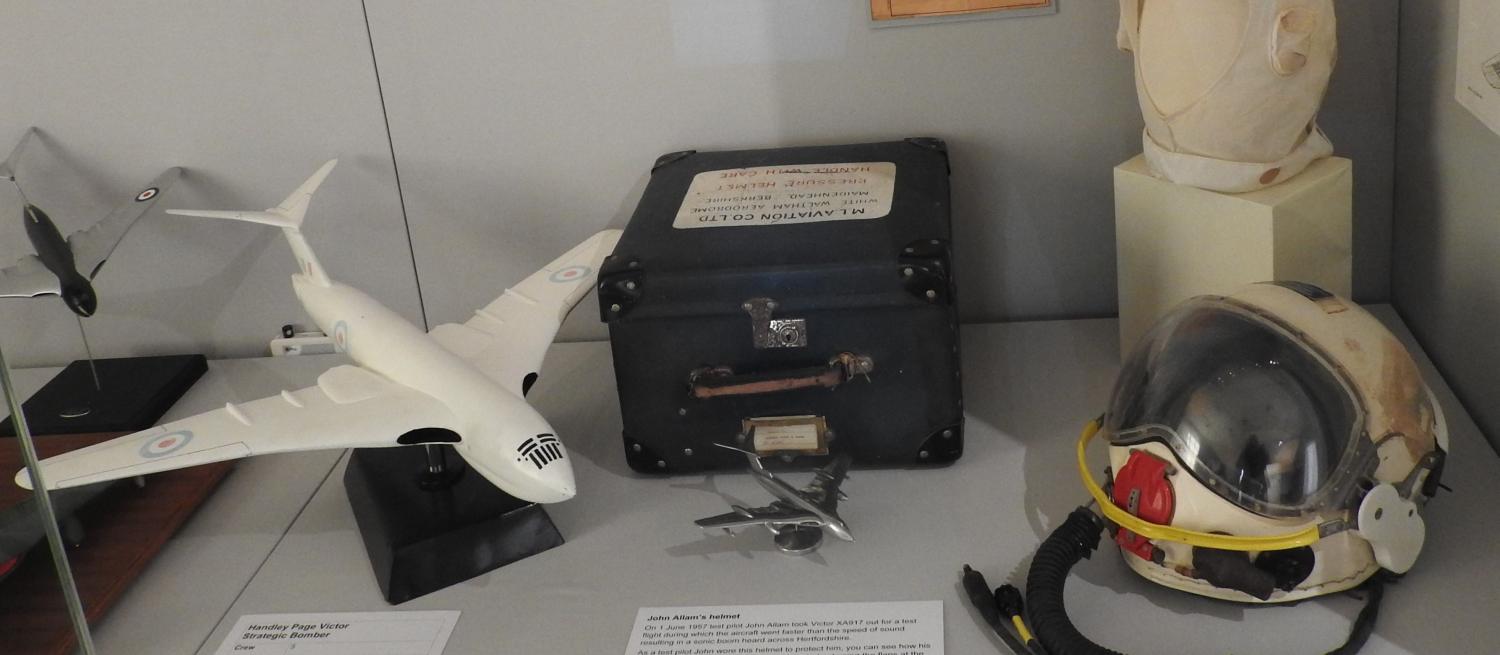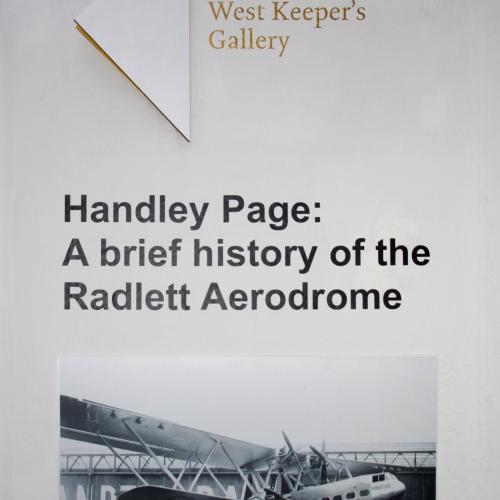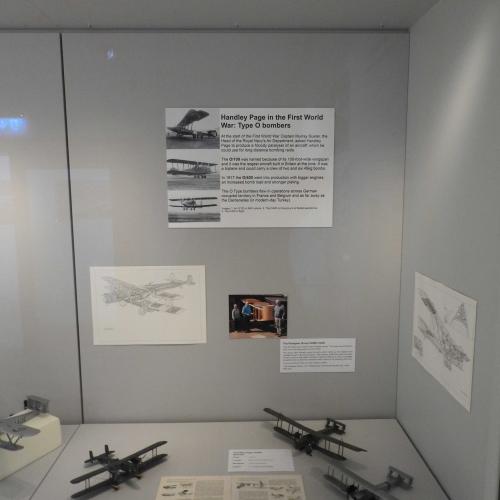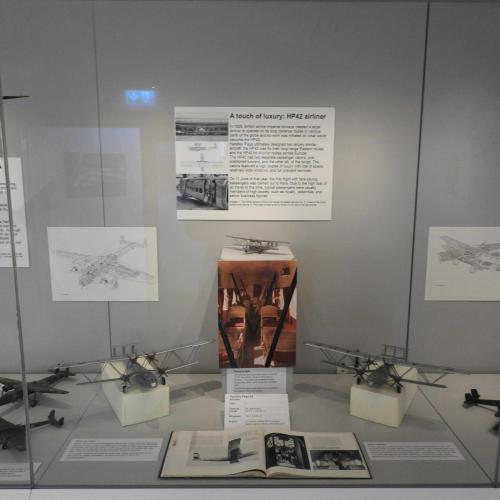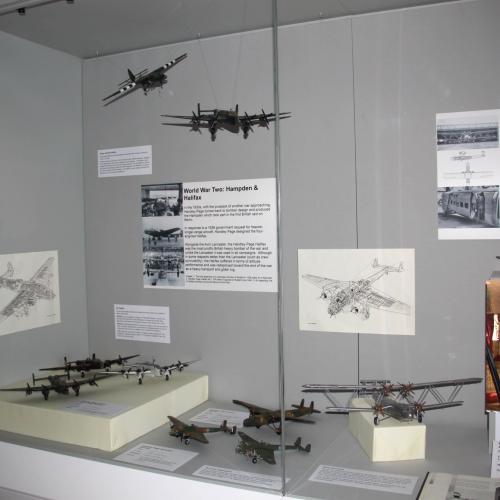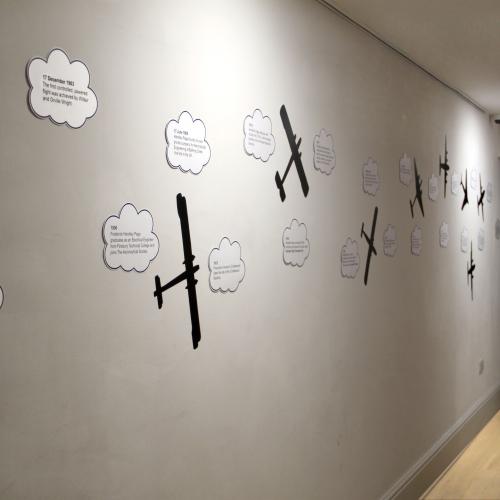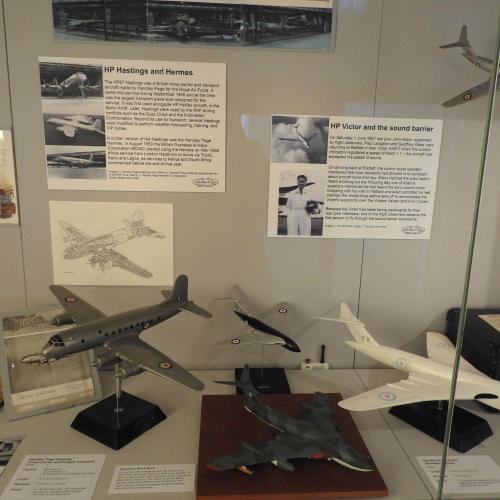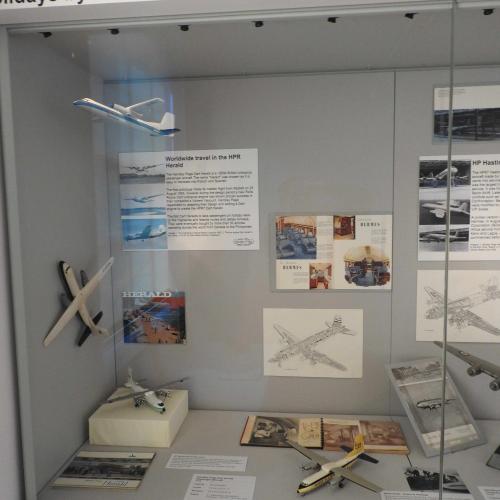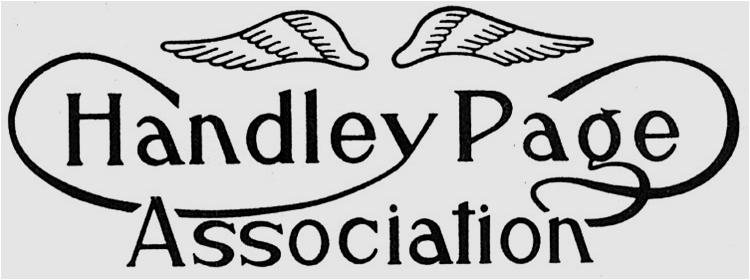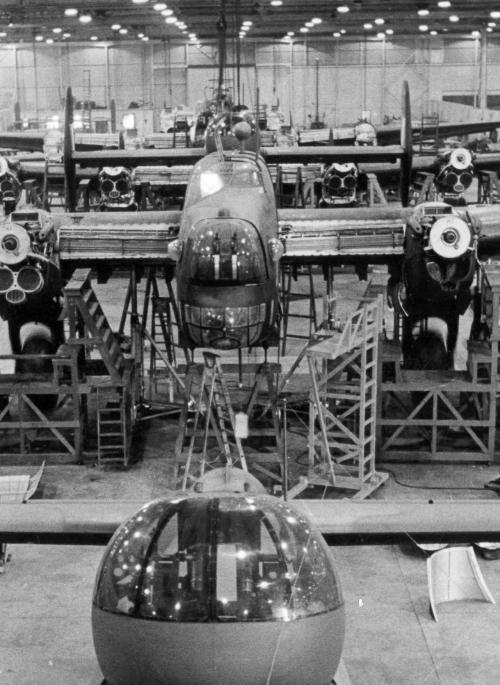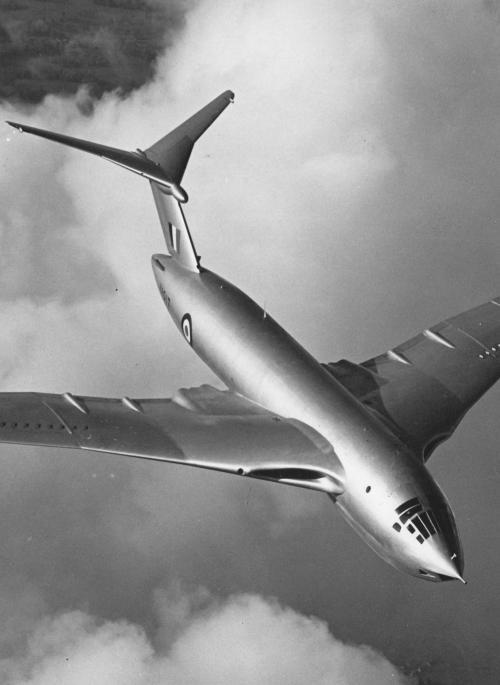Handley Page: A brief history of the Radlett Aerodrome opened at St Albans Museum + Gallery on Saturday 29 February 2020. The exhibition is a collaboration between St Albans Museums and the Handley Page Association and covers the history of the Handley Page company from it's first beginnings in 1909 to its closure in 1970 and beyond.
This online exhibitions will mirror that exhibition with its four main areas:
- The Early Years
- The War Years
- Post-War Development
- Legacy
As well as versions of some of our family activities for you to download and try at home.
Handley Page Timeline
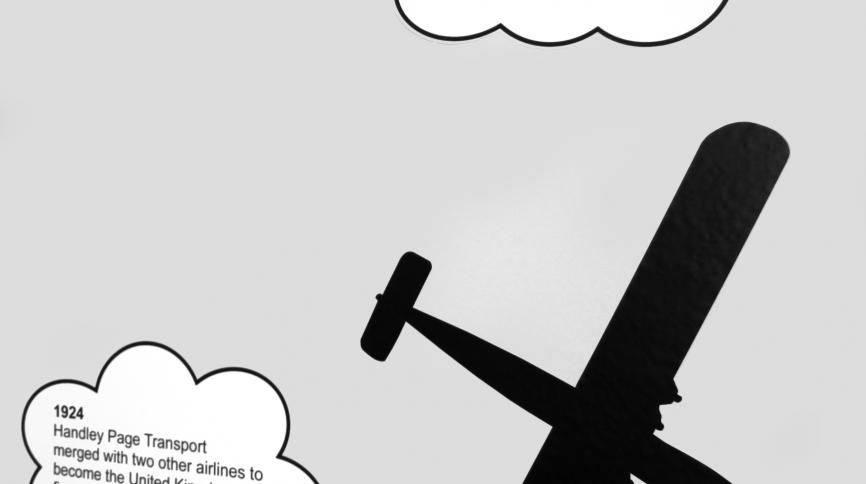
1885
Frederick Handley Page was born in Cheltenham.
17 December 1903
The first controlled, powered flight was achieved by Wilbur and Orville Wright.
1906
Frederick Handley Page graduates as an Electrical Engineer from Finsbury Technical College and joins The Aeronautical Society.
17 June 1909
Handley Page founds his own private company for Aeronautical Engineering at Barking Creek -the first in the UK.
1912
Production moves to Cricklewood (later the site of the Cricklewood Studios).
1915
Handley Page designs and builds the O/100, a twin-engine bomber, for the Royal Naval Air Service.
1919
Handley Page converted O/400 bombers into planes for his own airline Handley Page Transport Ltd.
1920
Handley Page develops the “aerodynamic slot principle” to prevent accidents caused by aircraft stalling or spinning. It was later adopted by all RAF aircraft.
1924
Handley Page Transport merged with two other airlines to become the United Kingdom's first national airline Imperial Airways.
14 March 1928
Handley Page Chief Test Pilot Major Cordes is caught in bad weather and forced to land in a field just north of Radlett.
1929
Cricklewood Aerodrome closes but some production continues on the site until 1964.
7 July 1930
Radlett Aerodrome is opened by Prince George (later Duke of Kent).
1939 - 45
The HP Halifax was the only heavy bomber used in all campaigns of the Second World War. It flew in 82,773 operations.
1942
Sir Frederick Handley Page was knighted for services to the war effort.
1948
41 Handley Page Halifax and Hastings aircraft were used to send supplies into West Berlin during the Berlin Airlift.
1952
The Handley Page Victor had its first flight. It was developed as a strategic bomber during the Cold War.
1 June 1957
Pilot John Allam broke the sound barrier during a flight from Radlett Aerodrome. The sonic boom was heard from Watford to Banbury.
21 April 1962
Sir Frederick Handley Page dies.
February 1970
Handley Page ceases trading but ex-employees worked with Scottish Aviation to continue work on their last aircraft, the Jetstream.
1982
Handley Page Victor aircraft were used as aerial refuelling tankers during the Falklands War.
2004
The RAF removed their final Jetstream from service, ending a run of 86 years that Handley Page aircraft had been in continuous RAF service.
